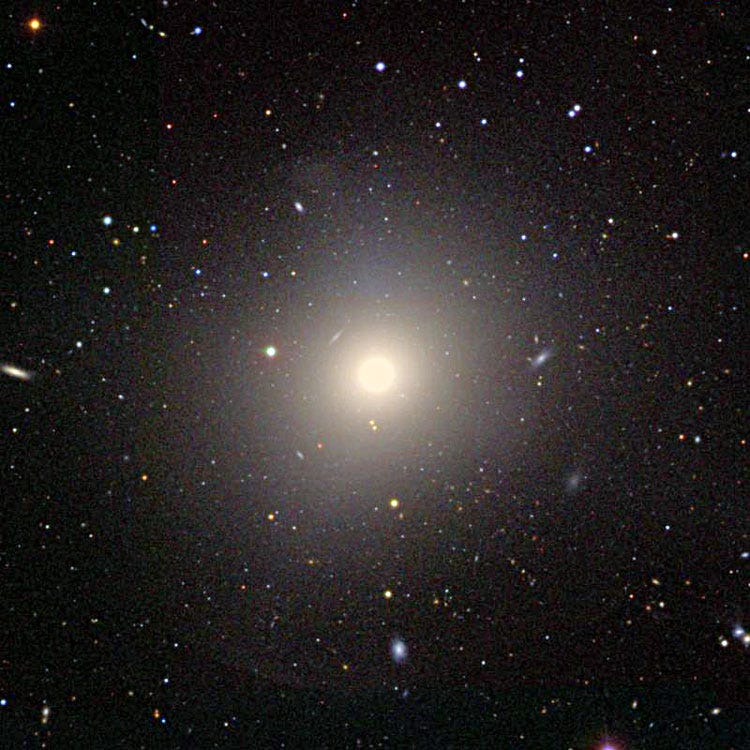That's some star cooker!
Posted: Fri May 05, 2017 5:32 pm
Okay... I was slightly bored, so I decided to check out arXiv Astrophysics. I found something that most of you might find rather interesting, namely this, the detection of an interplanetary dust cloud passing near the Earth!
But you know me. The Sun's activity doesn't interest me that much, and individual dust clouds make me yawn. A dusty galaxy, though...
At left is galaxy ARP 220, which is actually a merging pair of galaxies.
And I found this article about Arp 220 at ArXiv. It is too technical for me, but at least it said this:
Okay... I'll catch my breath now. But I must say that checking up Arp 220 was a jaw-dropping experience!

Ann
Cool, eh? The Sun had a giant outburst in 2007, and the outburst created a dust cloud that passed near the Earth!The authors wrote:
Results. The residual component was significantly detected only in 2007 January, even though the same region was observed in 2006 July and 2007 July, which shows that it is not due to the Galactic emission. We suggest that this may be a small cloud passing near the Earth. By comparing the observed intensity ratio of I_9um/I_18um with the expected intensity ratio assuming thermal equilibrium of dust grains at 1 AU for various dust compositions and sizes, we find that dust grains in the moving cloud are likely to be much smaller than typical grains that produce the bulk of the zodiacal light. Conclusions. Considering the observed date and position, it is likely that it originates in the solar coronal mass ejection (CME) which took place on 2007 January 25.
Arp 220. Image: ESA/NASA and Wikisky.
At left is galaxy ARP 220, which is actually a merging pair of galaxies.
Anne's Astronomy News wrote:
Arp 220 is the result of a collision between two galaxies which are now in the process of merging, situated some 250 million light-years away from Earth in the northern constellation of Serpens (the Serpent)...
In the central part of Arp 220 are over 200 huge star clusters. The most massive of these clusters contains enough material to equal about 10 million suns, which is twice as massive as any comparable star cluster in our Milky Way Galaxy. Very high star-formation rates are required to form such supermassive star clusters...
Elliptical galaxy M98. Source: https://medium.com/starts-with-a-bang/m ... 6b87325a4b
An ULIRG galaxy, an Ultraluminous Infrared Galaxy! I checked it out with my software, and it is almost six magnitudes brighter in far infrared light than in B light! I'm speechless! And guess what, it is somewhat blue even though it is so incredibly dusty, with a B-V of 0.740 and a U-B of 0.330.The galaxy will continue to manufacture star clusters until it exhausts all of its gas, which at the current rate will happen in about 40 million years. This may seem like a long time, but it is practically a blink of an eye for a process occurring on a galactic scale. Then Arp 220 will look like the elliptical galaxies seen today, which have little gas...
The frantic burst of star formation in Arp 220 is happening in a very small region, about 5,000 light-years across, where the gas and dust is very dense. There is as much gas in that tiny region as there is in the entire Milky Way Galaxy. The starburst was fueled by a collision between two galaxies that began about 700 million years ago...
Galaxies which are the Universe’s most efficient star-factories are also supernova factories. In October 2011, astronomers spotted a record-breaking seven supernovae in Arp 220, all found at the same time...
Astronomers have also found evidence of large numbers of stellar black holes in Arp 220.
The galaxy is also the closest ultraluminous infrared galaxy (ULIRG) to Earth. ULIRGs are the products of mergers between galaxies, which can create firestorms of star birth. On average, ULIRGs spawn about 100 new stars yearly, as compared to our own galaxy which spawns one new star a year...
And I found this article about Arp 220 at ArXiv. It is too technical for me, but at least it said this:
Arp 220 is forming 340 solar masses of stars each year, while the Milky Way is forming one solar mass of stars per year! It's so incredible!The nuclear region of Arp 220 is site of an intense star formation with SFR ∼ 340 M☉ yr−1
Okay... I'll catch my breath now. But I must say that checking up Arp 220 was a jaw-dropping experience!
Ann

